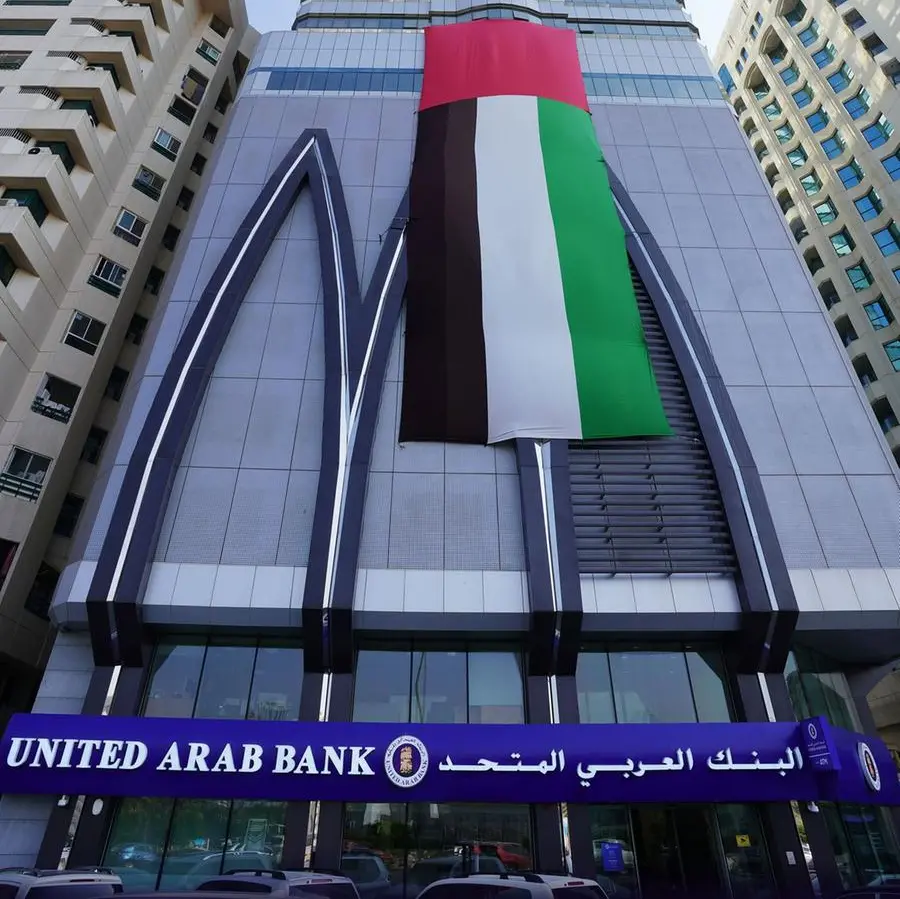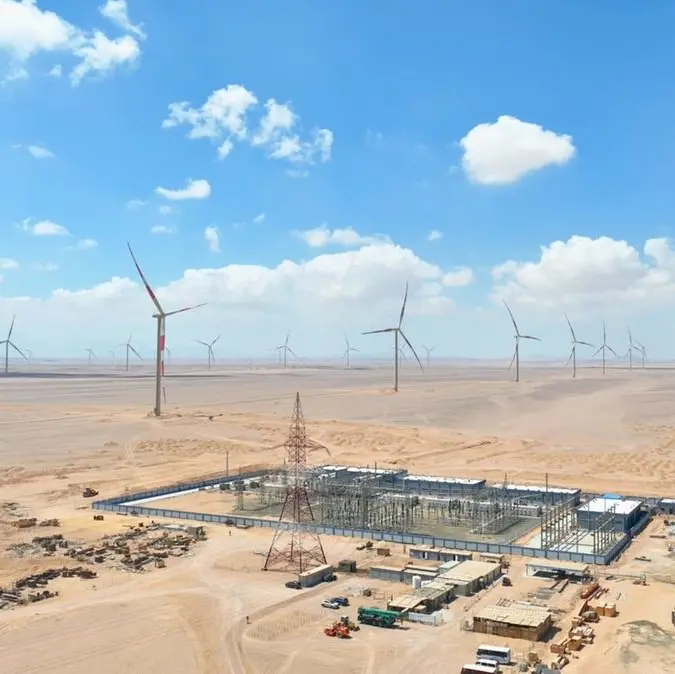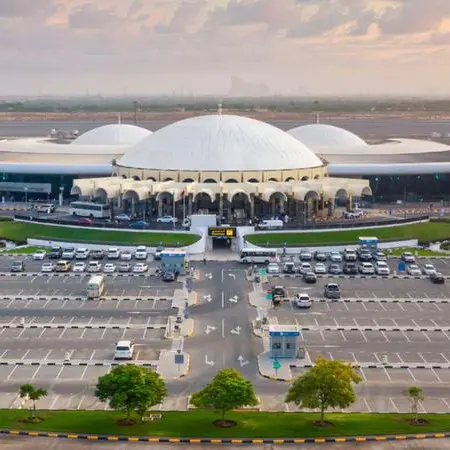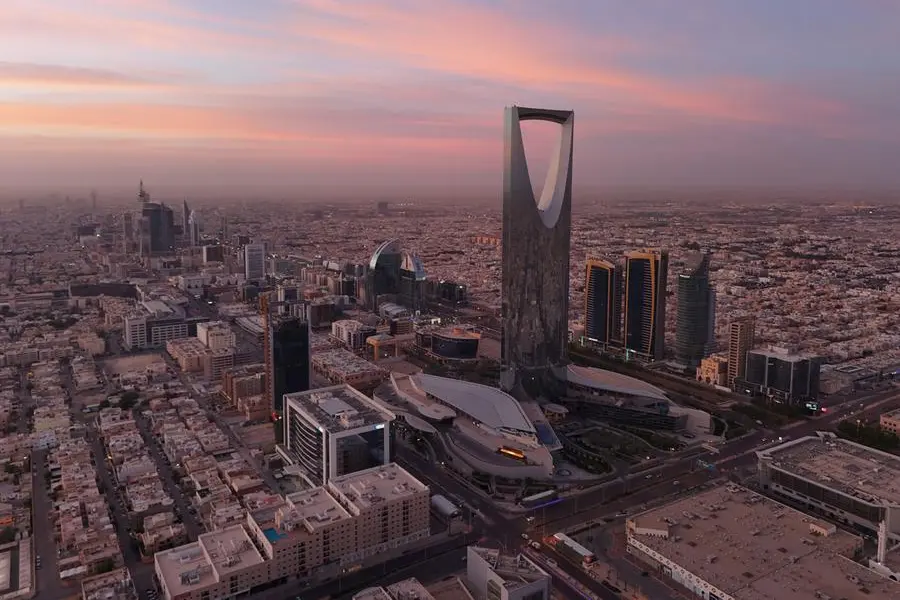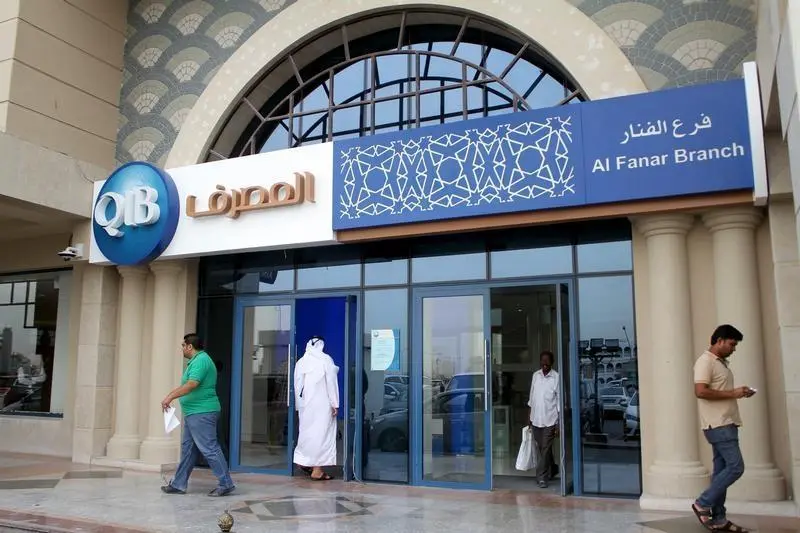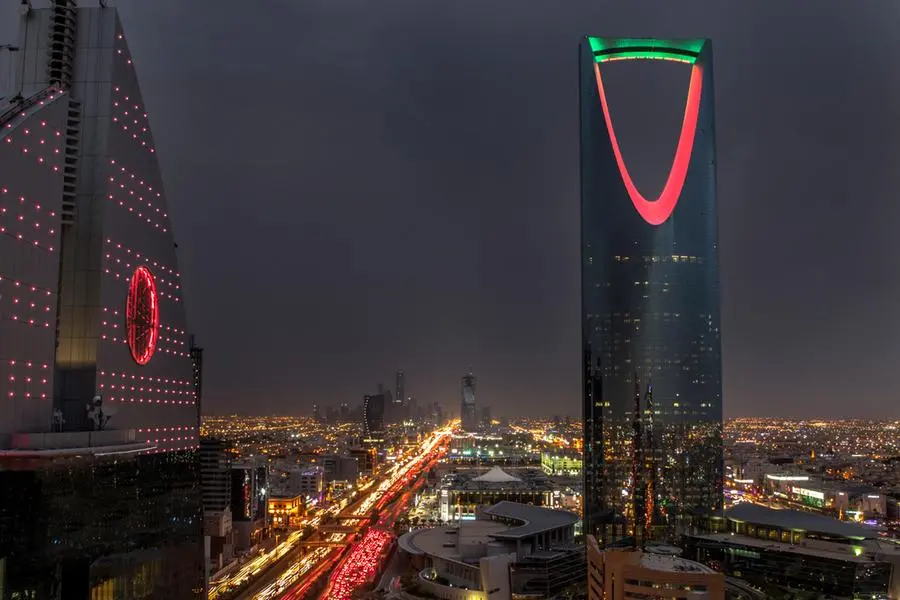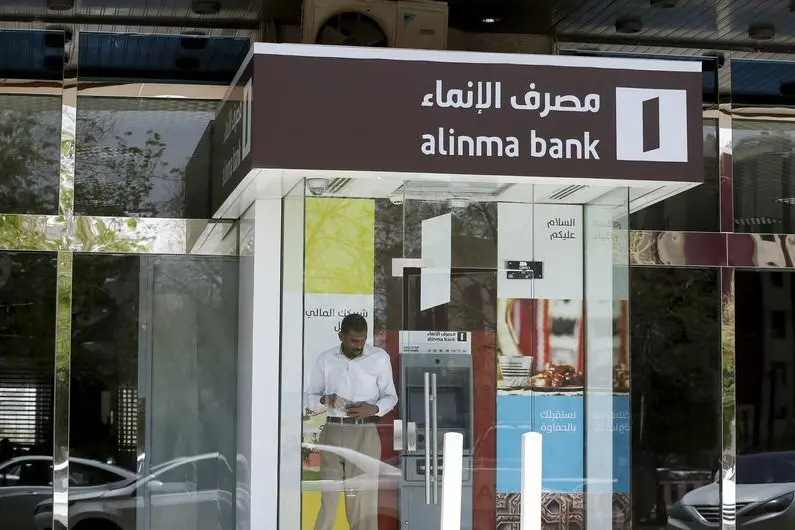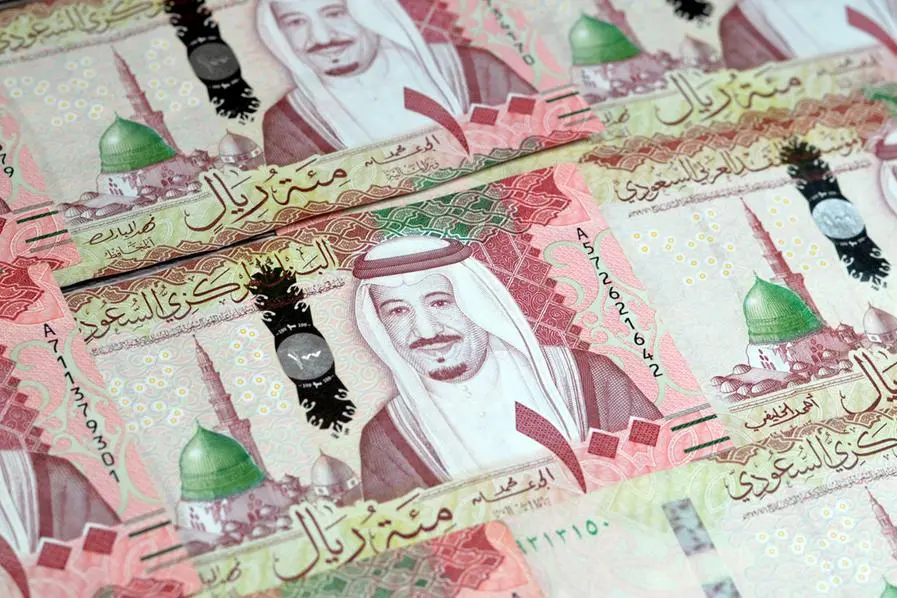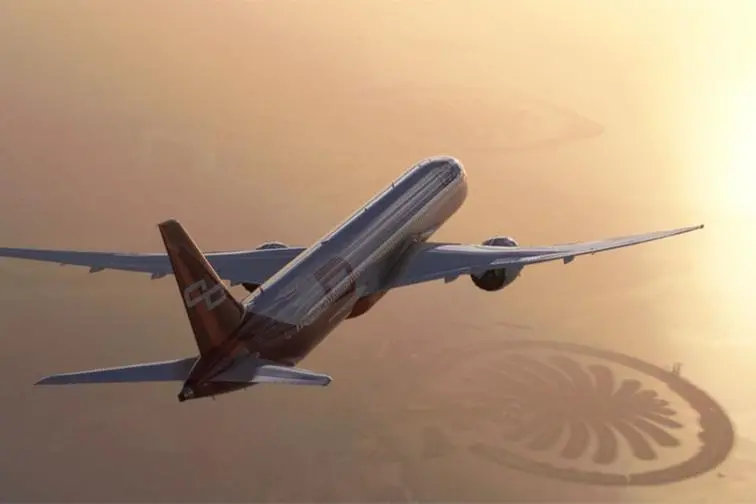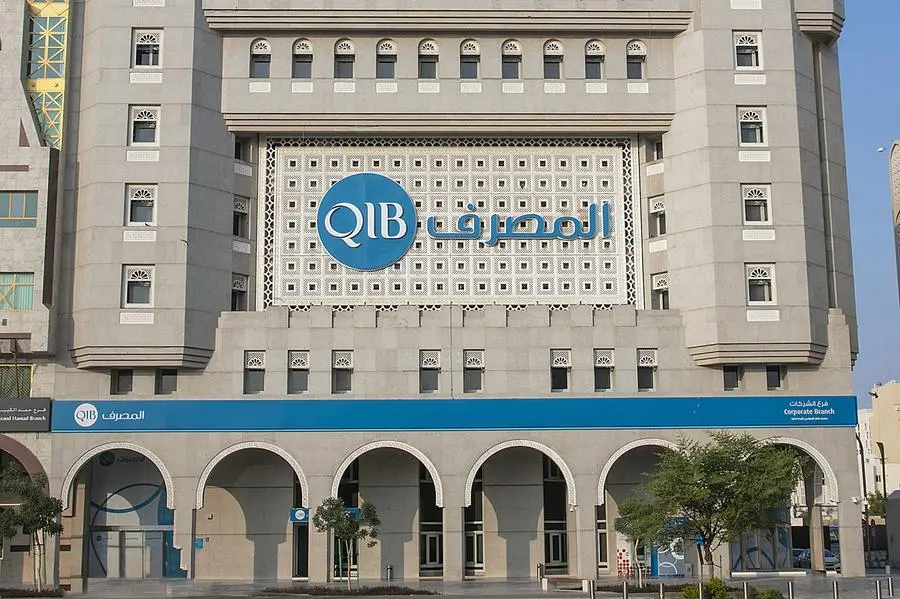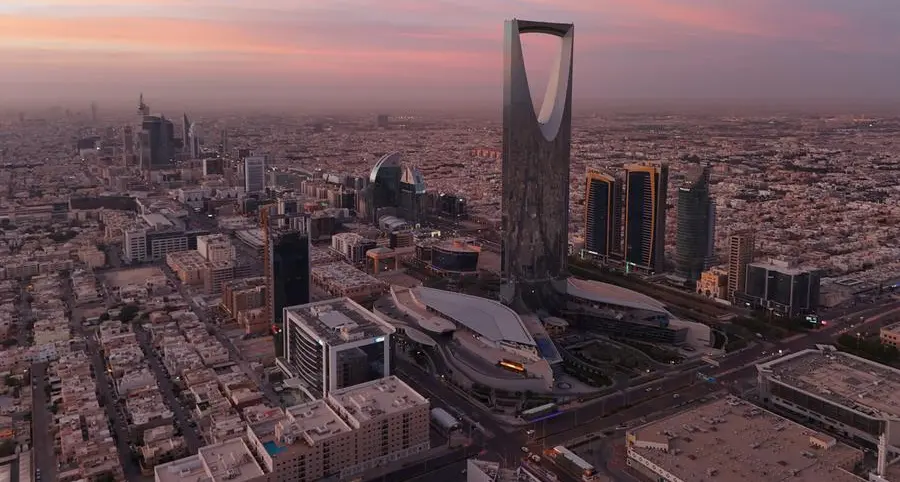Tehran - Over 2,000 foreign tourists visited Tabriz in the northwestern province of E. Azarbaijan during March 21-Aug 22, said an expert of the E.Azarbaijan Cultural Heritage, Handicrafts and Tourism Department.
Omid Rouhani added that all hotels across the city have currently been booked.
Three star hotels do not have a vacant room, he said, complaining that many problems arise regarding signboards, wrote Saturdayˈs edition of ˈIran Dailyˈ.
Rouhani noted that since there is a shortage of hotels in Tabriz, investors should be attracted to invest in this field.
In another development, Samad Zorrieh, a senior official of East Azarbaijan Travel Offices Union, said the arrival of health tourists to the province has declined.
He said there is no training course for a hotel staff on how to treat tourists.
"The provincial hotels do not sell local handicrafts," he added.
The official said over 600,000 health tourists have entered the province since March 21, of whom 300,000 were from Azerbaijan Republic.
Zorrieh said Azerbaijanis account for five out of every 80 patients in East Azarbaijan province.
Attractions
Some of the sightseeing spots of Tabriz are as follows:
El Goli Park
The pleasant hillside garden and park of El Goli is a popular weekend resort spanning an area of 54,675 square meters in East Azarbaijan province. Its fairground surrounds an artificial lake, in the middle of which a most striking restaurant-pavilion.
Meaning the people's pool in local dialect, El Goli is situated southeast of Tabriz.
A hill on the eastern side of the park leads down to the pool via a set of steps, and a fountain from the top of the hill flows down to the pool. In the center of the pool is a grand two-storied hexagonal building resembling a small peninsula.
El Goli is a water garden, an artificial lake spread over 700 square meters, built not by excavating but by raising artificial terraces that are concealed beneath plantings of poplars and willows, so that the lake appears to float above its landscape.
Due to humidity and dilapidation in 1967, El Goli's hexagonal building was severely damaged. However, an identical structure, following its original design, was built in its place in 1970.
El Goli was originally a village on the outskirts of Tabriz, which was gradually integrated into the modern city. The purpose of El Goli's pool seemed to provide villagers with a source of water to irrigate their fields.
The place has always been a popular spot for the locals, especially during the warmer months. Lately, it also attracts tourists due to the construction of a 20-story hotel in its vicinity.
Tabriz Bazaar
Strolling in the center of Tabriz, one is reminded emphatically that it is a commercial city: one cannot miss its very large and 15th-century covered bazaar.
The bazaar is already much diminished in its variety of goods, but still a great place for getting hopelessly lost amid its dusty architectural splendors. Its architectural style, numerous caravansaries, mosques and schools have added further beauty and glory to this complex.
Exact information on the history and origin of the bazaar is not available. However, historical buildings such as the Jame' Mosque, Talebieh School and Sadeqieh School indicate that the complex is one of the oldest structures of the city.
The present structure of bazaar dates back to the closing years of the Zand dynasty (1750-79 CE).
The complex has high brick domes and arches. It includes several small bazaars, each designated for a specific guild and craft.
Carpet making is the main trade, but Tabriz is also renowned for its silverware and jewelry.
The spice bazaar, one of the most pungent and impressive in Iran, is an excellent place for picking up dried herbs.
Kaboud Mosque
When it was built in 1465, Kaboud (Blue) Mosque was among the most magnificent buildings of its era.
Once built, artists took a further 25 years to cover every surface with the blue majolica tiles and intricate calligraphy for which it's so nicknamed. It survived one of history's worst-ever earthquakes (1727), but collapsed in a later quake (1773). Reconstruction finally started in 1951.
The brick monument is now complete, but only on the rear (main) entrance portal (which survived 1773) is there any hint of the original blue exterior. Its inside is also blue with missing patterns laboriously painted onto many lower sections around the few remaining patches of original tiles.
A smaller domed chamber further from the entrance once served as a private mosque for the Qareh Koyunlu kings. Steps lead down toward Jahan Shah's tomb chamber, but access would require some minor gymnastics. The Khaqani Garden outside honors Azarbaijani-Persian poet Shirvani Khaqani.
Qur'an Museum
Qur'an Museum is located in Saheb-ol-Amr Mosque in the central part of Tabriz. Rare and valuable copies of holy Qur'an, pertaining to various era, are kept in the museum.
Azarbaijan Museum
This museum is 50 meters west of Kaboud Mosque.
People enter through a great brick portal with big wooden doors guarded by two stone rams. Ground-floor exhibits include finds from Hassanlou (an Iron Age town that developed into a citadel over 4,000 years), a superb 3,000-year-old copper helmet and curious stone "handbags" from the 3rd millennium BCE.
The top floor displays a re-weave of the famous Ardabil carpet, reckoned to be one of the best ever made; the original is displayed in London's Victoria & Albert Museum.
Arg-e Tabriz
This huge brick edifice, an unmissable landmark, is a chunky remnant of Tabriz Citadel.
Criminals were once executed by being hurled from the top of the citadel walls. Ongoing construction of a stadium-sized Mosalla Mosque next door is reportedly undermining the citadel's foundations and access is usually impossible.
Poets Mausoleum
Shahriyar, the eminent late poet, is now commemorated much more ostentatiously with the strikingly modernist Poets Mausoleum.
Its angular interlocking concrete arches are best viewed across the reflecting pool from the south.
The complex also commemorates over 400 other scholars whose tombs have been lost in the city's various earthquakes.
Constitution House
This charming Qajar-era courtyard house is historically significant as a headquarters during the Constitution Movement (1906-11).
Qajar Museum
The elegant Qajar Museum is within the palatial 1881 Amir Nezam House, Tabriz's most impressive Qajar mansion with a split-level façade. It's oddly hidden between a school and a children's hospital.
Sanjesh Museum
Sanjesh Museum also lies obscured in the midst of ordinary apartment blocks. The brilliantly-restored 160-year-old Qajar mansion is more interesting than its display of rococo German clocks and commercial scales.
St. Mary's Church
Tabriz has had a Christian community almost as long as there've been Christians. St. Mary's is a 12th-century church mentioned by Venetian Merchant Traveler Marco Polo and once the seat of the regional archbishop.
Sarkis Church
The relatively central Sarkis Church serves the Armenian community. It's hidden in a basketball court behind high white gates.
Municipal Hall
The German-designed Municipal Hall is a century-old Tabriz icon. It's only open to the public during occasional exhibitions.
© IRNA 2014
